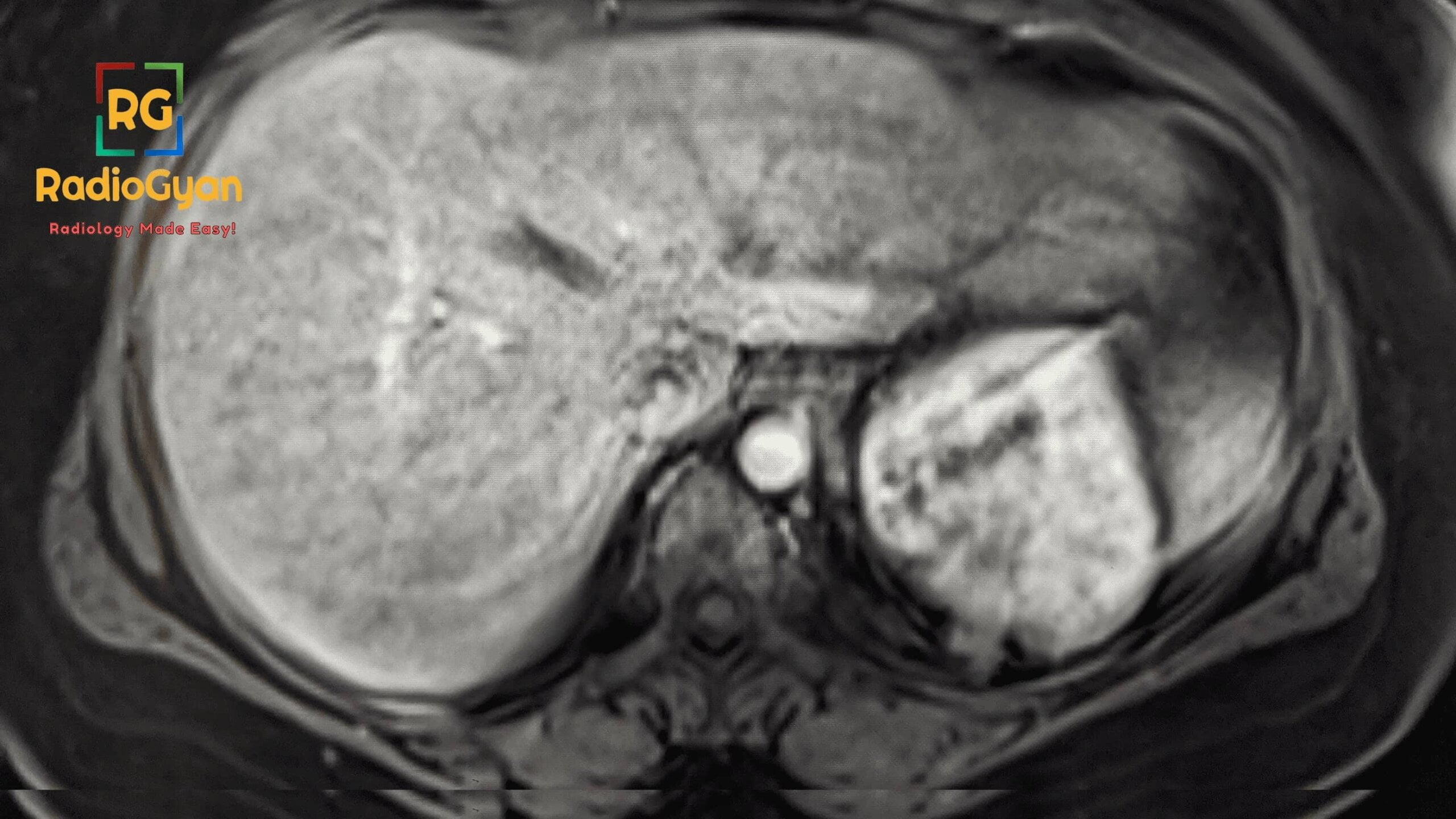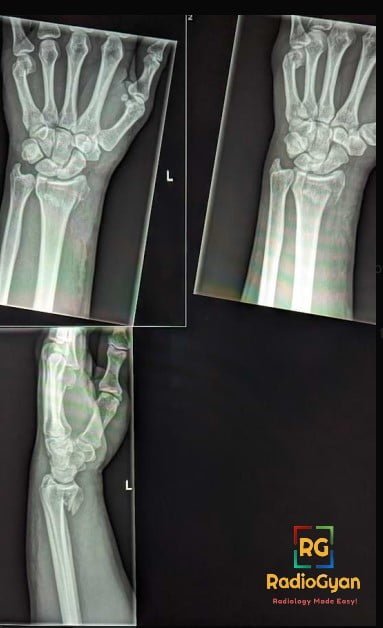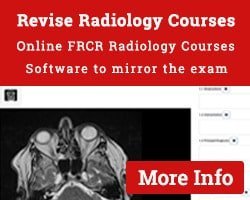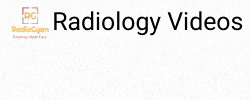
Key Takeaways
- Transient Severe Respiratory Motion’ (TSRM) occurs in up to 22% of MRIs enhanced with gadoxetate disodium.
- TSRM can distort imaging results, directly affecting precise diagnosis and treatment.
- Strategies such as slow injection rates, diluted doses of gadoxetate disodium, and patient breath-hold training can help reduce TSRM.
Primovist Breathing Artifact: Understanding Transient Severe Respiratory Motion
Transient Severe Respiratory Motion or TSRM is a significant factor in Magnetic Resonance Imaging (MRI) of the liver. It frequently occurs with imaging enhanced by gadoxetate disodium or Primovist. TSRM introduces respiratory motion artifacts that complicate the arterial phase of imaging, potentially leading to misdiagnosis1.
The incidence of TSRM varies, but it affects approximately 5-22% of patients undergoing a liver MRI enhanced with gadoxetate disodium, also known as Primovist2.
While the exact cause of TSRM remains unknown, certain factors like high doses of gadoxetate disodium, high Body Mass Index (BMI), pulmonary disease, and prior exposure to the contrast agent may elevate the risk3.
Emerging research suggests that a slow Primovist injection rate, low doses of diluted gadoxetate disodium, and patient breath-hold training can help mitigate the incidence of TSRM4.
The Impact of TSRM and Primovist Breathing Artifacts
The occurrence of TSRM artifacts and Primovist breathing artifacts in liver MRIs has real-world implications for patient diagnoses and their treatment plans. These artifacts can obscure key features in the arterial imaging phase, hampering the accurate diagnosis of conditions like Hepatocellular Carcinoma (HCC) and other liver lesions5.
The exact cause of breath-hold failure following the Primovist injection remains unknown and is a key challenge that needs addressing6. In response, future research should focus on exploring these effects on cardiac functions, pulmonary functions, and uncovering potential undiscovered risk factors for TSRM. Furthermore, improving the assessment of TSRM’s impact on the diagnostic accuracy of Primovist-enhanced liver MRI is necessary7.
Conclusive Note
The Transient Severe Respiratory Motion artifact in MRI, also referred to as the Primovist breathing artifact, can compromise patient care and treatment efficacy, if left unchecked. But with continued research, refinement of injection and breathing techniques, and patient-specific adaptations, the effects of TSRM can be effectively mitigated.
References
- Well L, Weinrich JM, Adam G, Bannas P. Transient Severe Respiratory Motion Artifacts After Application of Gadoxetate Disodium: What We Currently Know. Transiente schwere Atemartefakte nach Gabe von Dinatriumgadoxetat: Was wir derzeit wissen. Rofo. 2018;190(1):20-30. doi:10.1055/s-0043-120116
- Davenport, M. S., Viglianti, B. L., Al-Hawary, M. M., Caoili, E. M., Kaza, R. K., Liu, P. S., Maturen, K. E., Chenevert, T. L., & Hussain, H. K. (2013). Comparison of acute transient dyspnea after intravenous administration of gadoxetate disodium and gadobenate dimeglumine: effect on arterial phase image quality. Radiology, 266(2), 452–461. https://doi.org/10.1148/radiol.12120826
- Motosugi U, Bannas P, Bookwalter CA, Sano K, Reeder SB. An Investigation of Transient Severe Motion Related to Gadoxetic Acid-enhanced MR Imaging. Radiology. 2016;279(1):93-102. doi:10.1148/radiol.2015150642
- Kim YK, Lin WC, Sung K, et al. Reducing Artifacts during Arterial Phase of Gadoxetate Disodium-enhanced MR Imaging: Dilution Method versus Reduced Injection Rate. Radiology. 2017;283(2):429-437. doi:10.1148/radiol.2016160241





